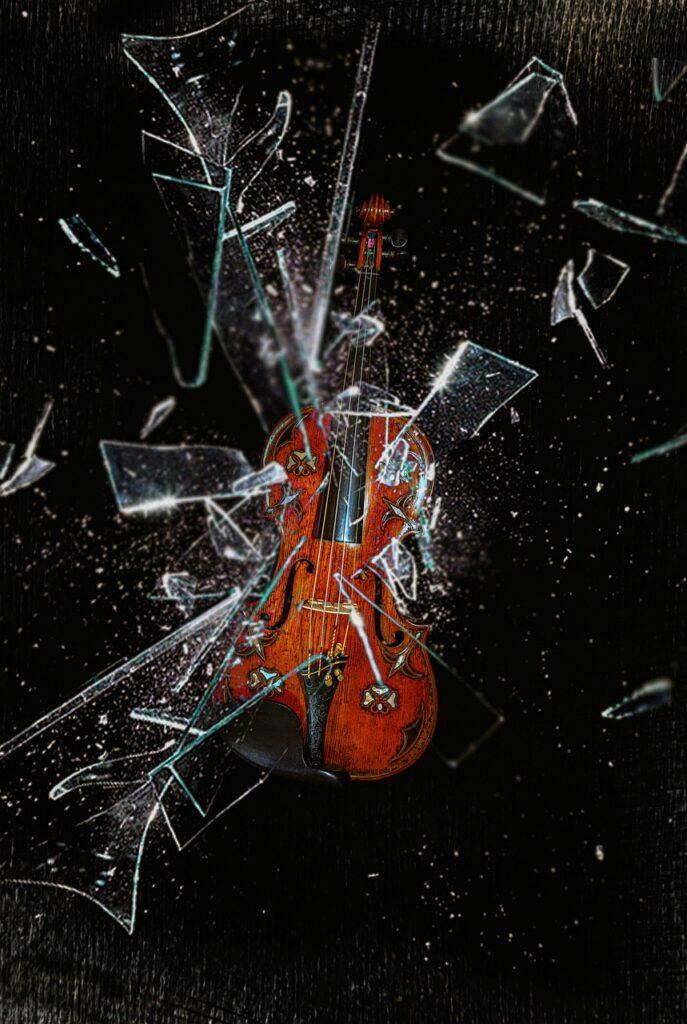Do you want to know how to read sheet music? It doesn’t matter whether you’re talking vocal sight reading, reading classical music, or understanding guitar tab, basic music reading will remain mostly the same. In some way, shape, or form all music notations track notes and rhythms, but how they do so will sometimes be different. Read more of Reading Music (A Quick Guide to How to Read Music) to get an overview of how to read sheet music.
This article uses musical terms. For definitions, see the Glossary at the end of the post.


